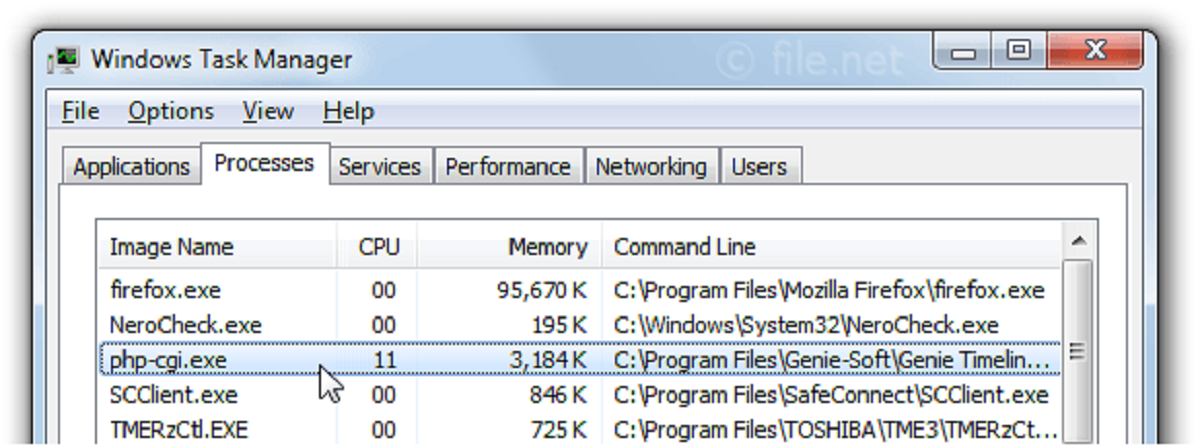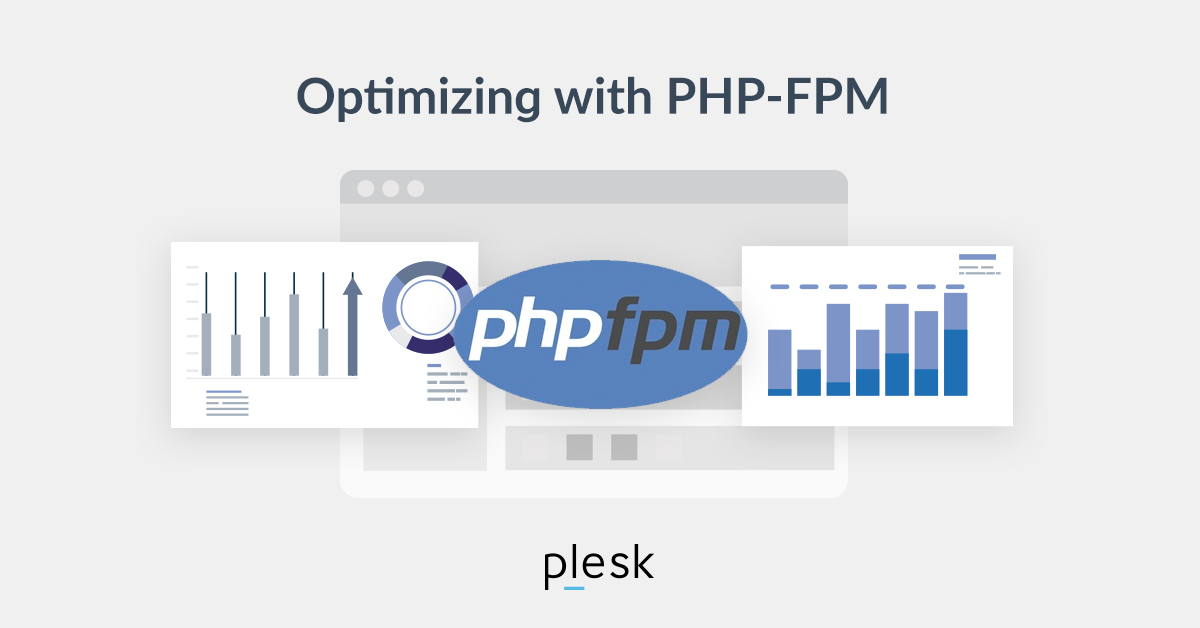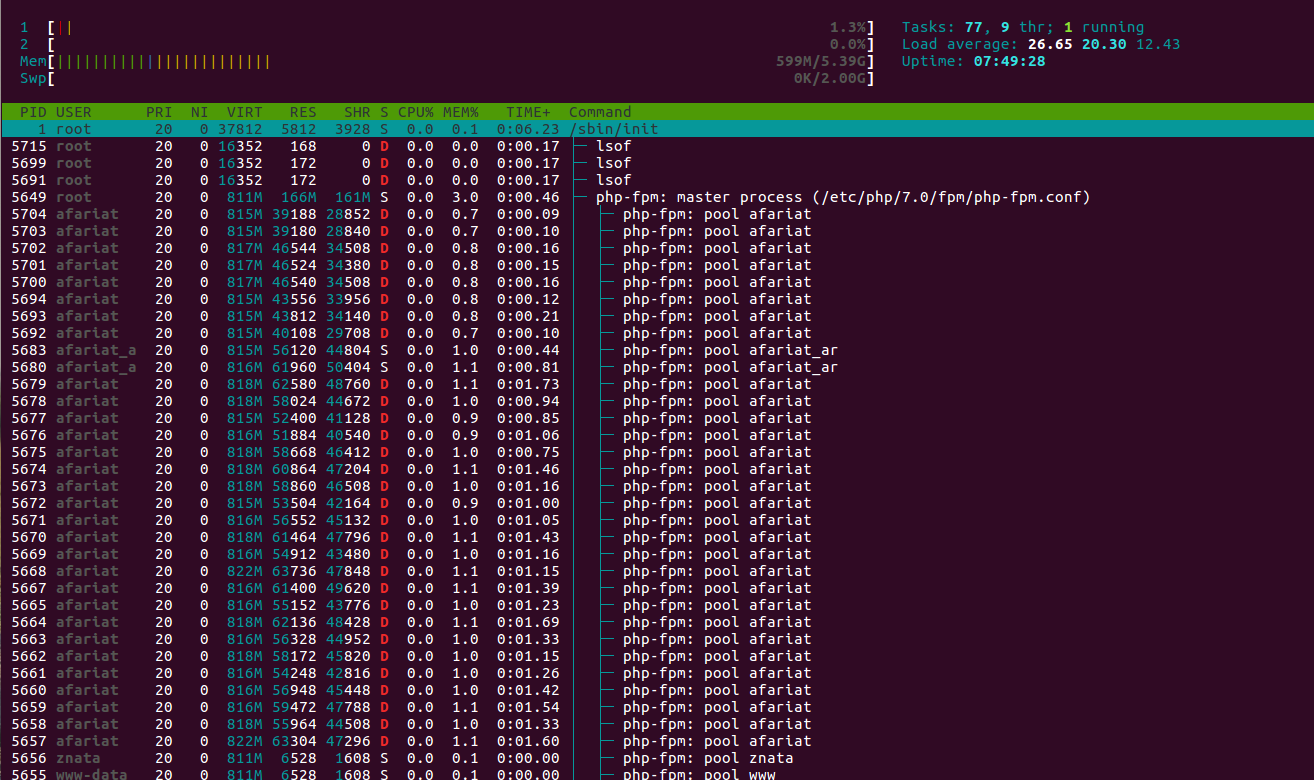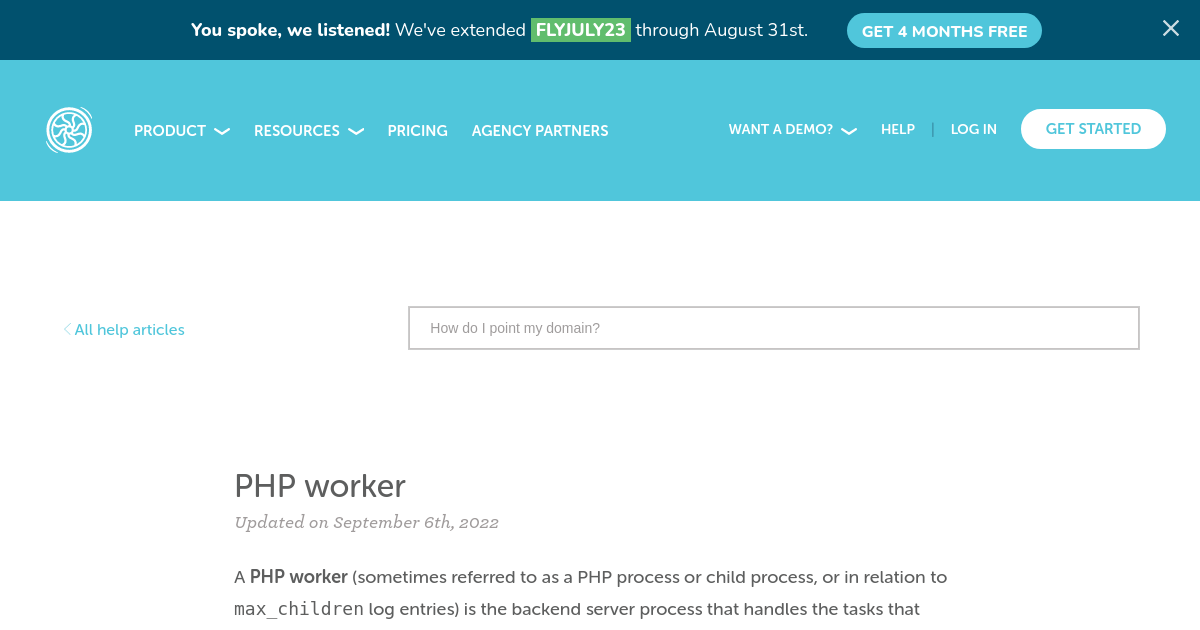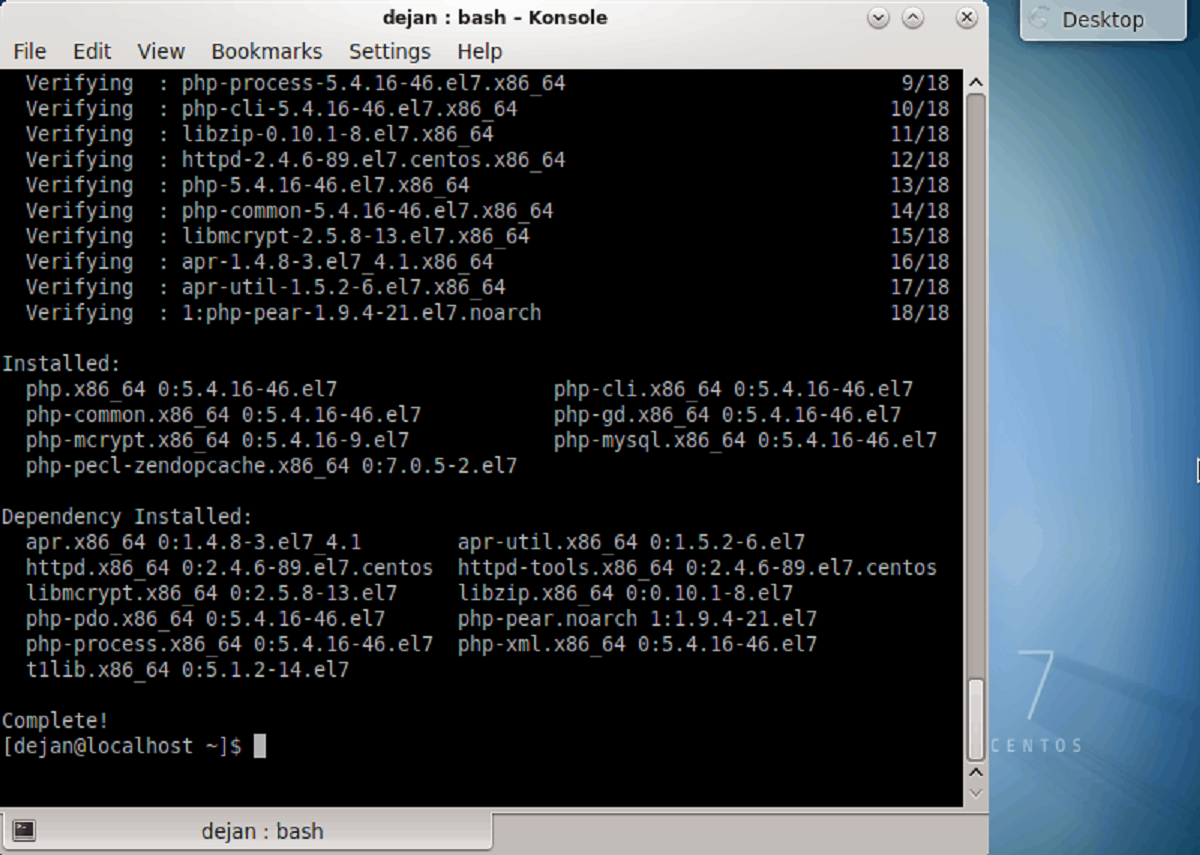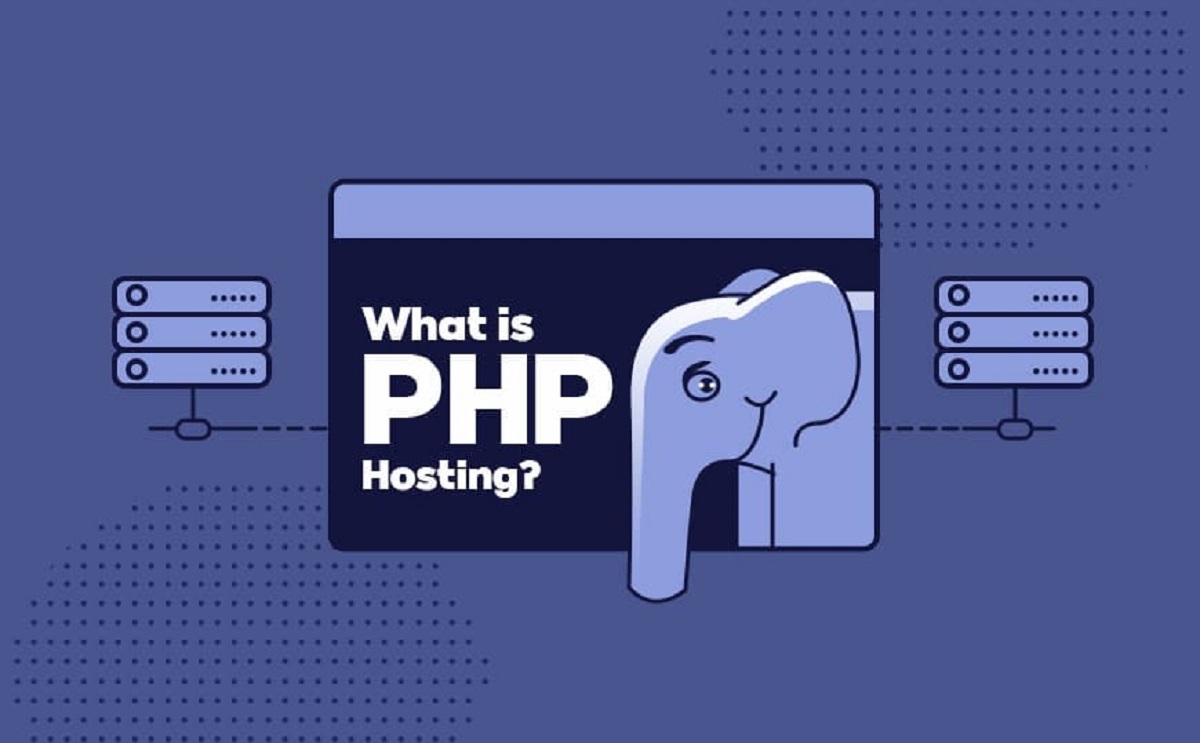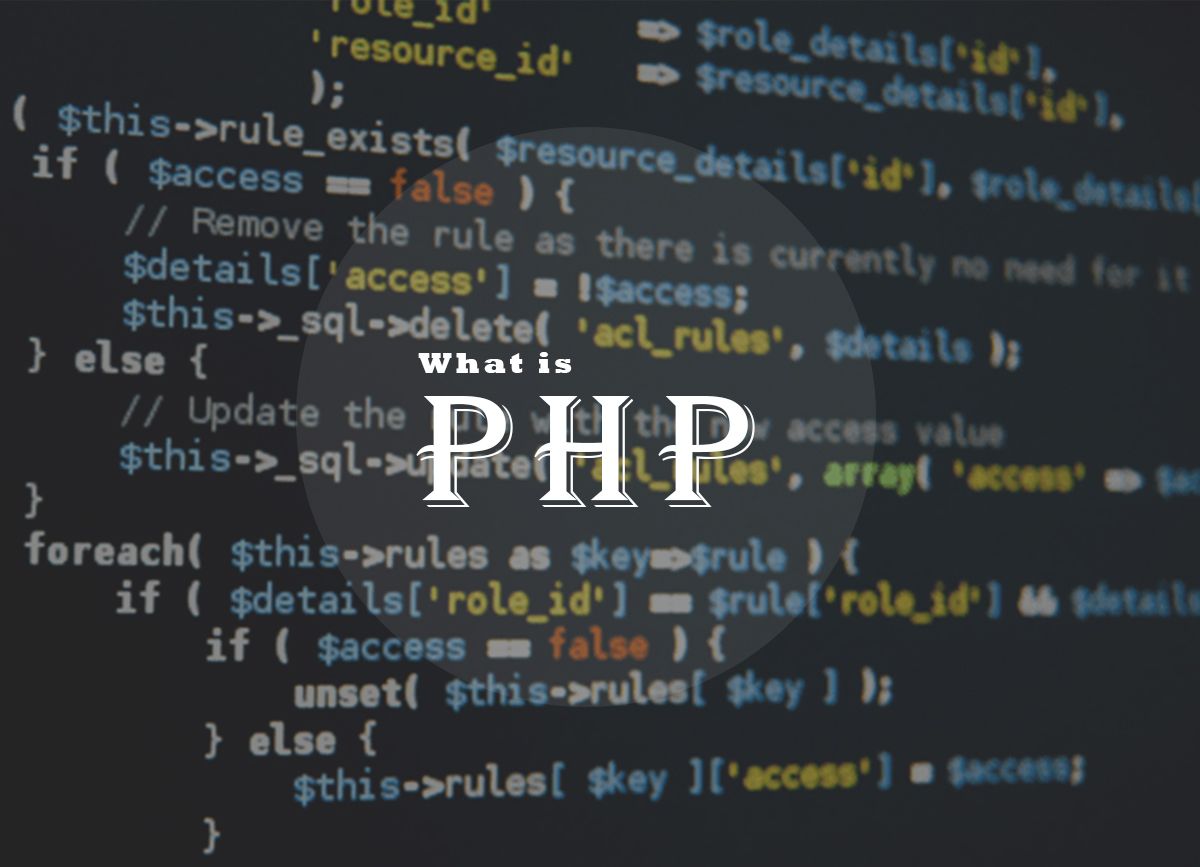Introduction
Welcome to the fascinating world of PHP-Cgi! In this article, we will delve into the intricacies of PHP-Cgi and explore how it is used to power dynamic websites and web applications. Whether you are a seasoned developer or just starting your journey into web development, understanding PHP-Cgi can greatly enhance your programming skills.
PHP-Cgi, also known as PHP Common Gateway Interface, is a component of the PHP programming language that enables the execution of PHP scripts on a web server. It acts as a bridge between the web server and the PHP interpreter, allowing the server to interpret and process PHP code.
With the rise of dynamic websites and the need for server-side scripting, PHP-Cgi has become a crucial tool for developers. It offers a seamless way to generate dynamic content, interact with databases, handle form submissions, and perform various server-side operations.
One of the key advantages of using PHP-Cgi is its ability to handle different protocols and communication methods between the web server and the PHP interpreter. It supports popular web server interfaces such as FastCGI and SCGI, allowing developers to choose the most suitable setup for their projects.
Furthermore, PHP-Cgi provides a secure and efficient environment for executing PHP scripts. It has built-in security features to safeguard against common vulnerabilities, such as cross-site scripting (XSS) and SQL injection attacks. This ensures that your website or application remains secure and protected from malicious activities.
Now that we have a general understanding of PHP-Cgi, let’s dive deeper into how it works and the benefits it offers. But before we do that, let’s highlight the key differences between PHP-Cgi and PHP-FPM, another popular PHP handler, to give you a better perspective on the various options available to you.
What is PHP-Cgi?
PHP-Cgi, short for PHP Common Gateway Interface, is a specialized component of the PHP programming language used to execute PHP scripts on a web server. It acts as a bridge between the web server and the PHP interpreter, allowing the server to process and interpret PHP code.
In simpler terms, PHP-Cgi enables the dynamic generation of web content by executing PHP scripts on the server-side before sending the output to the client’s web browser. This allows websites to deliver customized and interactive experiences to users.
PHP-Cgi supports various communication protocols, including FastCGI and SCGI, making it compatible with different web server setups. It handles the requests received from the web server and passes them to the PHP interpreter for processing.
When a request is made to a PHP script, PHP-Cgi launches the PHP interpreter, which then executes the script and generates the corresponding HTML output. This output is then sent back to the web server, which delivers it to the client’s browser for display.
One of the key benefits of using PHP-Cgi is its ability to handle dynamic content generation. With PHP-Cgi, developers can embed PHP code within their HTML files or create standalone PHP scripts that interact with databases, perform calculations, and implement business logic.
Unlike static websites that serve the same content to all visitors, PHP-Cgi enables websites to display dynamic content based on user interactions, database queries, and other factors. This dynamic nature enhances the user experience and allows for more personalized and interactive web applications.
Furthermore, PHP-Cgi provides a secure environment for executing PHP scripts. It includes built-in security features, such as input validation and output escaping, which help prevent common vulnerabilities like cross-site scripting (XSS) and SQL injection attacks. This ensures the integrity and security of your web applications.
Overall, PHP-Cgi plays a crucial role in powering dynamic websites and web applications. It allows developers to harness the power of PHP to deliver engaging, customized, and interactive web experiences.
How does PHP-Cgi work?
PHP-Cgi operates by serving as an intermediary between the web server and the PHP interpreter. It allows the server to interpret and execute PHP scripts, generating dynamic content for the web application. Let’s take a closer look at how PHP-Cgi works:
1. Client Request: When a user visits a web page that contains PHP code, their web browser sends a request to the web server. The server receives the request and identifies the file extension as PHP.
2. Web Server Configuration: The web server is typically configured to pass PHP requests to the PHP-Cgi executable. This configuration can be done using server-specific directives like `ScriptAlias` or `Action`.
3. PHP-Cgi Invocation: Upon receiving a PHP request, the web server invokes the PHP-Cgi executable, which acts as a separate process outside the web server. This process is responsible for executing PHP scripts.
4. Script Execution: Once PHP-Cgi is invoked, it reads the PHP script and processes it line by line. It interprets the PHP code and performs various tasks, such as interacting with databases, manipulating data, and generating dynamic content.
5. Output Generation: As PHP-Cgi executes the PHP script, it generates HTML or other content as specified by the script. This output can include dynamically generated web page elements, data from databases, or the results of server-side calculations.
6. Response to the Web Server: Once the PHP script execution is complete, PHP-Cgi sends the generated output back to the web server. The server receives this output and prepares it to be sent as a response to the client’s web browser.
7. Client Response: Finally, the web server delivers the response containing the dynamically generated content to the client’s web browser. The browser then renders the HTML and displays the web page to the user.
Through this series of steps, PHP-Cgi enables the execution of PHP scripts on the server-side, generating dynamic content that enhances the functionality and interactivity of web applications.
It’s important to note that PHP-Cgi can be configured with various settings and optimizations to maximize performance and security. These configuration options are typically specified in the web server’s configuration files or in the PHP-Cgi configuration itself.
Now that we have an understanding of how PHP-Cgi works, let’s explore the benefits it offers for web developers and the differences between PHP-Cgi and PHP-FPM.
Benefits of using PHP-Cgi
PHP-Cgi offers a wide range of benefits that make it an excellent choice for developers when it comes to building dynamic websites and web applications. Let’s explore some of the key advantages of using PHP-Cgi:
1. Flexibility: PHP-Cgi provides flexibility in terms of server-side scripting. It allows developers to embed PHP code within HTML files or create standalone PHP scripts, providing the freedom to choose the most suitable approach for their projects. This flexibility enables the creation of dynamic and interactive web applications.
2. Easy to Learn and Use: PHP-Cgi is renowned for its simplicity, making it an ideal choice for beginners and experienced developers alike. Its intuitive syntax and extensive documentation make it easy to learn and use, allowing developers to quickly build robust web applications.
3. Extensive Community Support: PHP-Cgi has a vibrant and active community of developers who constantly contribute to its growth. This means you have access to a vast collection of libraries, frameworks, and resources that can greatly streamline your development process. The community support also ensures regular updates and bug fixes, making PHP-Cgi a reliable choice for web development.
4. Database Integration: PHP-Cgi seamlessly integrates with various databases, including MySQL, PostgreSQL, and SQLite, allowing developers to easily interact with and manipulate data. This makes it a powerful tool for building dynamic web applications that rely on database operations.
5. Platform Compatibility: PHP-Cgi is compatible with multiple operating systems including Windows, Linux, and macOS. This cross-platform compatibility ensures that your PHP-Cgi applications can run on a wide range of server environments, providing flexibility and ease of deployment.
6. Server-Side Processing: With PHP-Cgi, server-side processing is performed before delivering content to the client’s browser. This allows for the execution of complex calculations, interactions with databases, and other server-side tasks, reducing the processing load on the client. This results in faster response times and improved performance.
7. Security Features: PHP-Cgi includes built-in security features to protect against common web vulnerabilities, such as cross-site scripting (XSS) and SQL injection attacks. It provides functions and libraries for input validation, output escaping, and secure database access, ensuring the integrity and security of your web applications.
8. Continuous Improvement: PHP-Cgi is constantly evolving and improving. The PHP development team regularly releases updates and new versions, introducing new features, performance enhancements, and bug fixes. This ensures that developers have access to the latest tools and technologies to build secure and efficient web applications.
These are just a few of the many benefits of using PHP-Cgi. Its flexibility, ease of use, extensive community support, database integration, platform compatibility, server-side processing capabilities, security features, and continuous improvement make it a popular choice for web development.
Now that we understand the benefits of PHP-Cgi, let’s explore the differences between PHP-Cgi and PHP-FPM in the next section.
Differences between PHP-Cgi and PHP-FPM
PHP-Cgi and PHP-FPM are two popular PHP handlers commonly used to process PHP scripts on web servers. While they serve the same purpose, there are some key differences between the two. Let’s explore the distinctions:
1. Architecture: PHP-Cgi is based on the Common Gateway Interface (CGI) specification, which defines how web servers can interact with external programs. It operates as a separate process outside the web server. On the other hand, PHP-FPM (FastCGI Process Manager) is specifically designed to enhance the performance and scalability of PHP by using a process-based architecture.
2. Performance: PHP-FPM is known for its superior performance compared to PHP-Cgi. PHP-FPM uses a pool of worker processes that can handle multiple requests simultaneously, resulting in improved throughput and response times. In contrast, PHP-Cgi starts a new process for each request, which can lead to higher resource consumption and slower response times for high-traffic websites.
3. Scalability: Due to its process-based architecture, PHP-FPM offers better scalability for handling concurrent requests. It allows for fine-tuning of the process pool size and has built-in mechanisms to manage and distribute requests efficiently. PHP-Cgi, being process-based as well, may struggle with scaling under heavy loads due to the overhead of creating new processes for each request.
4. Configuration: PHP-FPM has a more advanced and flexible configuration system compared to PHP-Cgi. It allows for granular control over process management, request handling, and resource allocation. PHP-FPM settings can be adjusted on a per-pool basis, providing greater customization options. PHP-Cgi, on the other hand, has limited configuration settings available.
5. Integration: PHP-Cgi has broader compatibility and can be used with various web server interfaces, including FastCGI and SCGI. It can work with most web servers without any additional configuration. PHP-FPM, on the other hand, was primarily designed for the NGINX web server but can also be integrated with other servers using FastCGI.
6. Maintenance and Updates: PHP-Cgi is part of the core PHP distribution and is maintained and updated along with the PHP version updates. This ensures compatibility and stability. PHP-FPM, on the other hand, is a separate process manager and may have its own release cycles and update timelines.
7. Documentation and Community: Both PHP-Cgi and PHP-FPM have extensive documentation and community support. However, PHP-Cgi, being a part of the core PHP distribution, may have more comprehensive resources available. PHP-FPM, being a specialized process manager, also has a dedicated community and resources specific to its configuration and usage.
In summary, PHP-Cgi and PHP-FPM have different architectures, performance characteristics, scalability options, configurations, integration capabilities, maintenance approaches, and community support. The choice between PHP-Cgi and PHP-FPM depends on the specific requirements of your project, the expected levels of traffic and concurrency, and the web server setup you are using.
Now that we understand the differences between PHP-Cgi and PHP-FPM, let’s move on to exploring how to start using PHP-Cgi in the next section.
How to Start Using PHP-Cgi
Getting started with PHP-Cgi is a straightforward process that involves configuring your web server and ensuring the PHP-Cgi executable is installed. Here are the steps to start using PHP-Cgi:
1. Install PHP-Cgi: If you haven’t already, you need to install PHP-Cgi on your server. PHP-Cgi is typically included in the default PHP installation package. Make sure to install the appropriate version of PHP-Cgi based on your server’s operating system.
2. Configure your Web Server: PHP-Cgi requires some configuration in your web server to handle PHP requests. The configuration process may vary depending on the web server you are using. For example, if you are using Apache, you can set up PHP-Cgi using the `ScriptAlias` directive or configuring it as a handler using `Action` directives.
3. Test PHP-Cgi: Once PHP-Cgi is installed and configured, you can test if it is working correctly. Create a simple PHP script, such as `test.php`, containing the following code:
php
Save the file and access it through your web browser by visiting `http://your-domain.com/test.php`. If PHP-Cgi is properly installed and configured, you should see a page displaying PHP configuration information. If not, check your server and PHP-Cgi configuration settings for any errors or misconfigurations.
4. Configure PHP-Cgi Settings: PHP-Cgi has various configuration settings that can be customized to meet your specific requirements. You can edit the `php.ini` file to modify settings such as maximum file upload size, memory limits, and error reporting levels. Make sure to restart your web server after making any changes to the configuration file.
5. Enhance PHP-Cgi Security: Security is a crucial aspect of web development. To enhance the security of your PHP-Cgi setup, make sure to keep your PHP version up to date with the latest security patches. Additionally, you can implement additional security measures such as input validation, output escaping, and secure database connections in your PHP scripts.
6. Learn and Explore: PHP-Cgi is a powerful tool for building dynamic web applications, and there is a vast amount of resources available to help you learn and explore its full potential. Take advantage of online tutorials, documentation, and community forums to deepen your understanding and improve your PHP-Cgi skills.
By following these steps, you can start using PHP-Cgi to power your dynamic websites and web applications. Remember to always adhere to best practices for server and PHP security, and regularly update your PHP-Cgi installation for optimal performance and protection against vulnerabilities.
Now that you know how to start using PHP-Cgi, let’s conclude our journey into the world of PHP-Cgi!
Conclusion
In conclusion, PHP-Cgi is a powerful component of the PHP programming language that enables the execution of PHP scripts on a web server. It acts as a bridge between the web server and the PHP interpreter, allowing for the generation of dynamic content and the creation of interactive web applications.
We explored the key aspects of PHP-Cgi, including its functionality, benefits, and differences compared to PHP-FPM. PHP-Cgi offers flexibility, ease of use, extensive community support, database integration, and platform compatibility. It allows developers to create dynamic and personalized web experiences, interact with databases, and handle server-side processing efficiently.
We also discussed the differences between PHP-Cgi and PHP-FPM, such as their architecture, performance, scalability, configuration options, integration capabilities, and community support. Each option has its own strengths and considerations, depending on the specific requirements of your project and the web server setup you are using.
To start using PHP-Cgi, you need to install and configure it on your web server. By following the steps outlined in the article, you can set up PHP-Cgi, test its functionality, customize its settings, and enhance its security measures. With PHP-Cgi, you have a versatile tool at your disposal to build dynamic and interactive web applications.
As you delve further into the world of PHP-Cgi, remember to keep learning and exploring its capabilities. Take advantage of the vast resources available, such as tutorials, documentation, and community forums, to gain a deeper understanding of PHP-Cgi and make the most out of this powerful tool.
Whether you are a seasoned developer or just starting your journey into web development, PHP-Cgi can greatly enhance your programming skills and enable you to create robust and engaging web applications. Embrace the power of PHP-Cgi and embark on a new level of dynamic web development!







